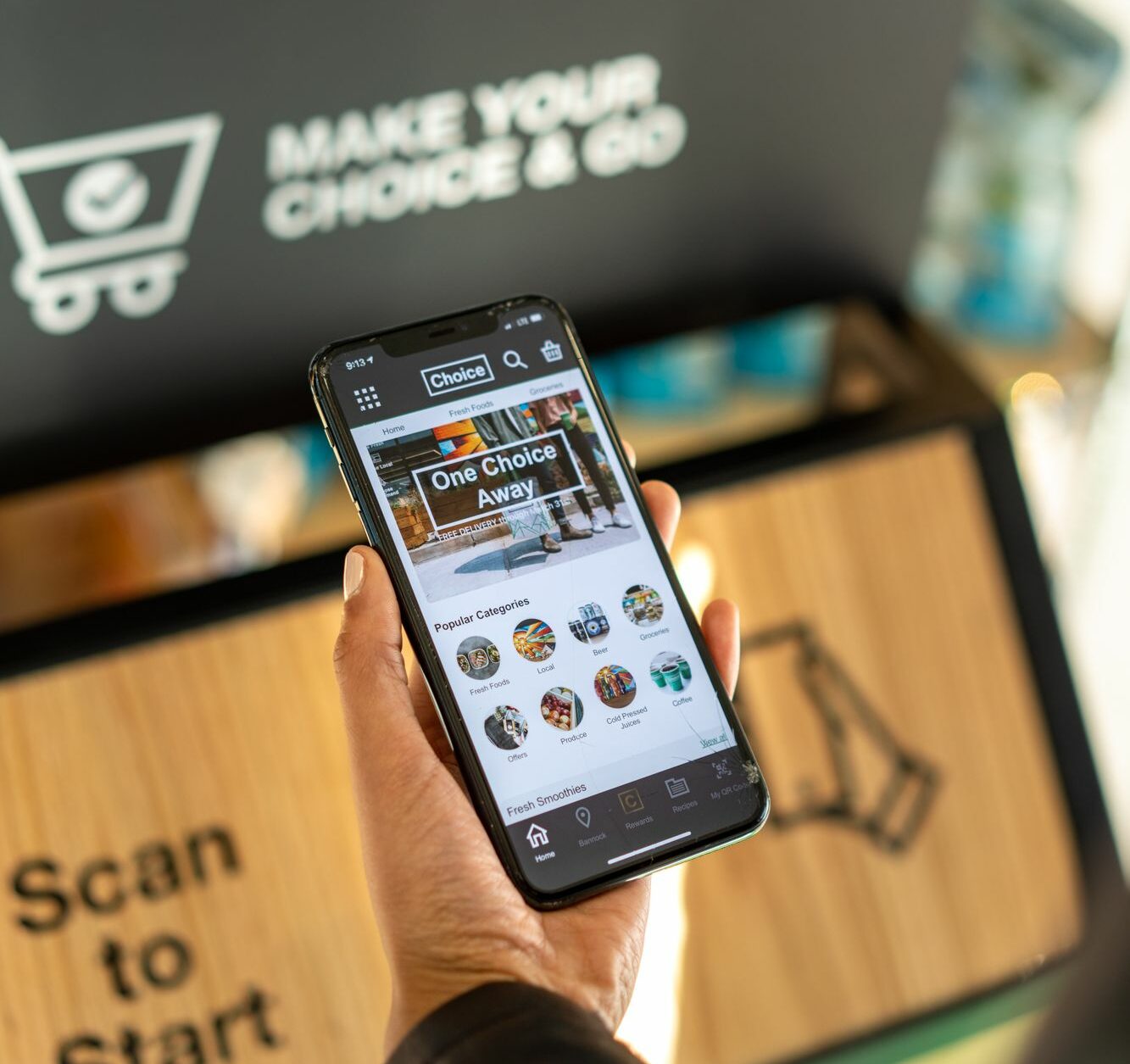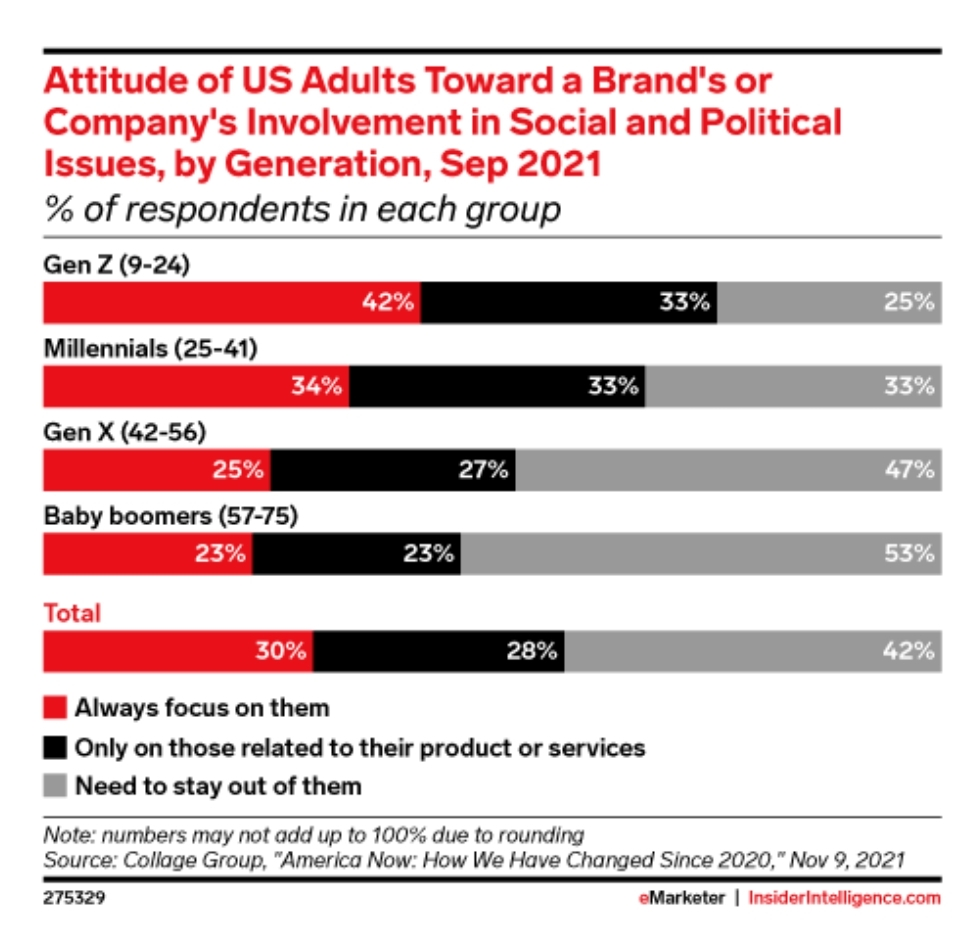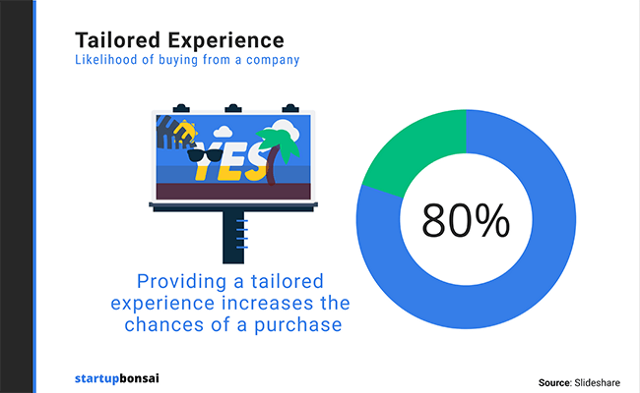
21 Dec - How Digital Tools Are Changing In-Store Retail Customer Experiences
Retail is, by definition, a customer-centric business. Business leaders must keep their fingers on the pulse of evolving customer needs to ensure they are meeting shoppers where they are—and more importantly, how they want to be met.
Modern customers have practically unlimited retail options across channels and formats, each serving the needs of an exceedingly diverse and demanding customer base. This article will discuss emerging digital tools retailers need to know about and how to use them to create experiences that keep consumers engaged.
How Customer Needs Have Evolved in Recent Years
Shoppers Are More Willing to Switch to Brands That Align Better With Their Personal Values
 In the past, businesses preferred to stay out of controversial conversations. However, as more customers become active in matters involving the environment and social justice, they expect the brands they interact with to engage with these issues as well.
In the past, businesses preferred to stay out of controversial conversations. However, as more customers become active in matters involving the environment and social justice, they expect the brands they interact with to engage with these issues as well.
Research from Collage Group revealed that Generation Z and millennial shoppers are more likely to expect businesses to take a stand on social and political issues. Customers are using their spending capacity to encourage businesses to advocate for their beliefs and choose companies that align with their values. It’s no longer acceptable or profitable for retailers to remain apathetic about important social and political issues.
Social Media and Web Research Plays a Large Role in Driving Customer Purchase Decisions
According to research from Qualtrics, 93% of shoppers conduct online research before making a purchase. This means it’s critical for retailers to ensure they generate positive buzz online. Customers trust the opinions shared by contacts on social media channels and reviews from past customers of the brand. Modern customers are more discerning than ever and rising retail saturation has given them practically unlimited shopping options.
Customers Demand More Engaging and Memorable In-Store Experiences
A side effect of increasing social media use has been the desire for customers to seek out and share memorable experiences in their daily lives. Engaging and non-traditional in-store experiences are more likely to attract young customers to brick and mortar stores. Modern in-store experiences can also help retailers stand out in an increasingly competitive business environment.
How Digital Tools Are Changing In-Store Customer Experiences
Privacy-Focused Customer Data Collection and Analysis Has Enabled Better Personalization in Stores
 Customers demand better in-store experiences and personalization can be the way to help retailers deliver them. The vast majority of retail customers (80%) say personalized shopping experiences increase the chances of them making a purchase. Retailers can deploy digital signage that can show personalized ads and promotions that appeal to each customer. Retailers can go even further by personalizing all business interactions with data gathered from online and offline channels.
Customers demand better in-store experiences and personalization can be the way to help retailers deliver them. The vast majority of retail customers (80%) say personalized shopping experiences increase the chances of them making a purchase. Retailers can deploy digital signage that can show personalized ads and promotions that appeal to each customer. Retailers can go even further by personalizing all business interactions with data gathered from online and offline channels.
Autonomous Retail Creates More Convenient Ways for Customers to Pay For Their Purchases
Payment for purchases can sometimes be a frustrating and time-consuming process. Every shopper has experienced the frustration of waiting in a long line to pay for a small purchase before being able to get on with their day. Autonomous retail makes this process completely seamless and allows customers to get what they need and leave the store quickly. With seamless payment, shoppers can quickly get back to their classes or avoid missing any of the action at their favorite sporting events
Automated Logistics, Inventory Management, and Labor Optimization Enable Employees to Interact With Customers in More Meaningful Ways
The global rush for manpower has affected retail as much as, if not more than, any other sector. Retailers have reacted to this challenge by optimizing the use of existing resources with digital solutions. Automation and modern inventory management have allowed logistics burdens to be lifted off the shoulders of overworked retail employees and empowered them to engage with customers more effectively.
3 Ways Retail Businesses Can Create a Consistent Experience Across Store Formats
1. Use Non-intrusive Methods of Enabling Autonomous Retail Experiences
While customers demand more personalization online and in-store, they also want their data to be treated with the utmost care. About half of customers indicated that retail businesses should consider customer anonymity a priority when collecting and analyzing customer data. AiFi’s camera-only autonomous retail solution uses computer vision and non-personal identifiers to enable seamless shopping experiences without compromising data security at any point.
2. Build Information-Sharing Pipelines Across Various Online and Offline Retail Channels
Retail businesses often collect customer behavior and preference data through online and offline methods. However, this information can be kept within information silos and is often not used to build a cohesive understanding of a given customer base. Modern businesses should treat data like the valuable asset it is. Retail leaders must build information-sharing pipelines that make it easy to consolidate all the data and insight the business generates across stores and formats and use them to deliver better shopping experiences for every customer.
3. Provide Customers with Different Retail Formats to Choose from Depending on Their Personal Needs and Preferences
As modern retail formats make their way into the mainstream, some retailers can find it difficult to ensure consistency across different locations and store styles. Retail business leaders can be concerned about excessive costs or disruptions to existing operations.
AiFi’s camera-only solution and portable container stores allow businesses to deliver autonomous retail experiences to their customers while protecting business continuity and ensuring maximum profitability. AiFi’s modern autonomous retail solutions can be applied over an existing store or be deployed in an entirely new store.
AiFi is the perfect solution for retail businesses preparing for the autonomous future of shopping. As customers demand more convenient, more personalized, and more engaging in-store shopping experiences, retail businesses can no longer afford to restrict their investment to legacy systems that can't keep up with changing customer expectations.
Learn how you can deliver a superior customer experience in-store for modern customers with autonomous retail tools on our How It Works page. If you found this article interesting, please share it on LinkedIn.





















